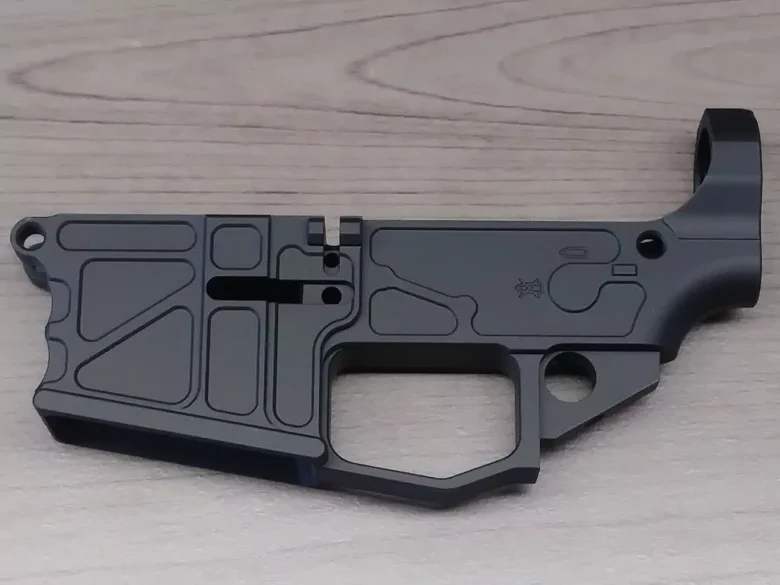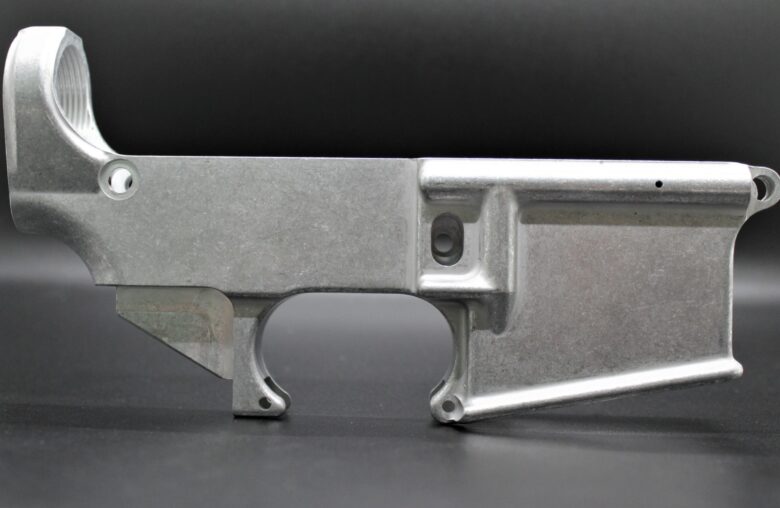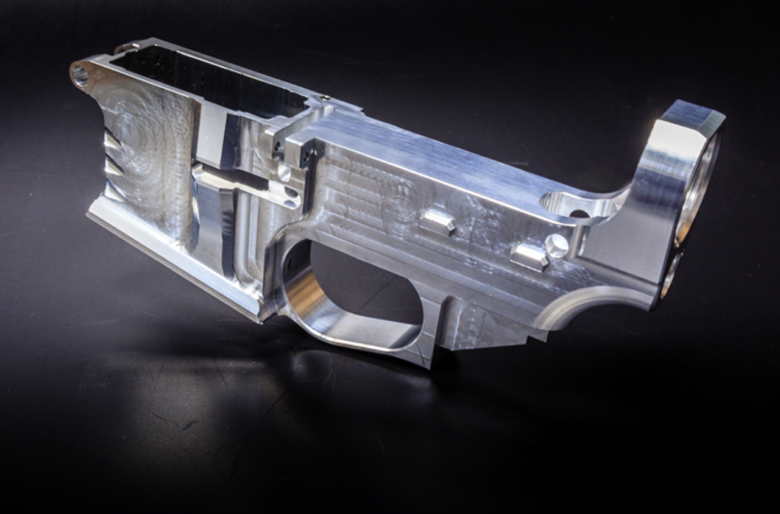The realm of firearms can be as perplexing as it is vast. One term that may sound mystifying, especially to novices in the world of guns, is the “80% lower receiver”. This article sheds light on this intriguing component, its legal implications, its popularity among firearm enthusiasts, and its uses.
Origins of the Term
The term “80% lower receiver” is not an official designation from any regulatory agency or firearm manufacturer. Instead, it is a colloquialism that originated within the gun enthusiast community. It refers to a firearm part that is about 80% complete and, therefore, requires some additional machining or modification to become a fully functional firearm receiver from 80 Percent Arms.
To appreciate its significance, one should first understand what a firearm “receiver” is. In the most rudimentary sense, the receiver is the heart of a firearm, serving as the frame to which other components attach. For regulatory purposes, especially in the U.S., the receiver is the controlled part of a firearm and usually carries the serial number. It is what the Bureau of Alcohol, Tobacco, Firearms and Explosives (ATF) considers the actual “firearm”.
Legal Landscape

In the United States, under federal law, manufacturing a firearm for personal use is, surprisingly to some, legal. This includes completing an 80% lower receiver. However, several conditions exist:
- The firearm must be for personal use and not for sale or distribution.
- The manufacturer must be legally allowed to own firearms.
- Certain firearms, like automatic weapons, are still prohibited unless manufactured before a specific date and with proper registration.
However, before diving into any project involving firearms or parts, one should always refer to both federal and state laws, as regulations can differ and change.
One of the reasons 80% lower receivers have gained traction is because, legally speaking, they aren’t considered firearms. This means that they can be sold without a serial number and without the need for a background check. This status changes once the 80% lower is transformed into a functional firearm receiver.
From 80% to 100%: The Machining Process
Transforming an 80% lower into a functional firearm component requires specific machining processes. This usually involves drilling the necessary holes for the pins and removing the necessary material to accommodate the internal components of the firearm. For those without the necessary machinery or expertise, there are “jig kits” available that guide the user through the process, ensuring precision and compliance with legal dimensions.
It’s crucial to understand that while this might sound like a simple DIY project, it requires patience, skill, and proper equipment. A drill press, for instance, is often recommended over a handheld drill for precision.
Why the Popularity?

Several factors contribute to the popularity of the 80% lower receiver among firearm enthusiasts:
- Customization: Completing an 80% lower allows for a high degree of personalization. Builders can choose specific materials, finishes, and engraving, leading to a truly unique firearm.
- Learning Experience: Building a firearm from an 80% lower is educational. It provides hands-on experience and a deeper understanding of the mechanics and functionality of the firearm.
- No Serial Number: As previously mentioned, 80% of lowers aren’t serialized. For some, this offers a sense of privacy, though it’s worth noting that the absence of a serial number can lead to complications, especially if the firearm ends up lost or stolen.
Potential Risks and Challenges
As with any venture involving firearms, there are inherent risks and challenges to consider:
- Legal Risks: It’s vital to be up-to-date with both state and federal laws concerning firearm manufacturing. Just because it’s legal at a federal level doesn’t mean state laws will align. Missteps, even if unintentional, can lead to severe consequences.
- Safety Risks: Inadequate machining can result in a firearm that’s unsafe to operate. Malfunctions or catastrophic failures can result in injury or damage.
- Economic Risks: Starting from scratch may seem like a cost-saving venture, but it can become expensive if mistakes occur or if one doesn’t have the necessary tools.
The Evolution of the 80% Movement

As the concept of the 80% lower receiver has grown in popularity, so too has the diversity and breadth of available options. Initially, the primary focus was on AR-15-style rifles, but the market has expanded to include other firearm platforms such as the AR-10, Glock-style handguns, and even more exotic models.
There’s also been an influx of companies offering not only the 80% lowers themselves but also the tools, jigs, and kits to help even the novice gunsmith successfully complete their project. This industry growth is a testament to the demand and interest from the firearm community.
80% Builds: Beyond the Receiver
While the receiver is the heart of the firearm, an 80% build project doesn’t end once the lower is completed. In fact, that’s just the beginning. A completed lower receiver still requires an upper receiver, a barrel, a stock (for rifles), a trigger mechanism, and other essential components.
This modular nature, especially of platforms like the AR-15, allows for vast customization. One could opt for different barrel lengths, specialized triggers for improved accuracy, unique handguards, and more. The end result is not just a firearm, but a personalized tool tailored to the builder’s specifications.
Community and Camaraderie
One of the often overlooked aspects of the 80% movement is the sense of community it fosters. Online forums, YouTube channels, and even local workshops have sprung up, all centered around helping enthusiasts succeed in their 80% builds. Here, seasoned gunsmiths share tips with beginners, and users post about their successes, failures, and everything in between.
This collective sharing of knowledge not only helps individuals avoid common pitfalls but also pushes innovation within the community. It’s not uncommon to see unique solutions or new machining techniques emerge from these collaborative spaces.
A Responsible Approach
Despite the many positives surrounding 80% builds, it’s crucial to reiterate the importance of a responsible approach. The freedom to build a firearm without serial numbers comes with the ethical responsibility to ensure that these weapons don’t end up in the wrong hands or are used for nefarious purposes.
Moreover, while many embark on this journey for the pure joy of crafting and customization, it’s essential to remember the primary purpose of the tool being created. Firearms, even those built from scratch, are tools capable of inflicting harm, and their creation and use must always be approached with respect and caution.
Final Thoughts
The world of 80% lower receivers is a fascinating dive into the interplay between craftsmanship, law, and firearms. For those willing to invest the time and energy, it can be a rewarding endeavor, leading to a deeper appreciation of firearms and a tangible connection to the weapon created. However, it’s crucial to approach the process with a commitment to safety, legality, and education.
While the 80% lower receiver opens the door for personal firearm manufacturing, it also underscores the responsibility of the builder to ensure that the finished product is safe, legal, and ethically owned and operated. As with all things firearm-related, respect, and knowledge are paramount.


